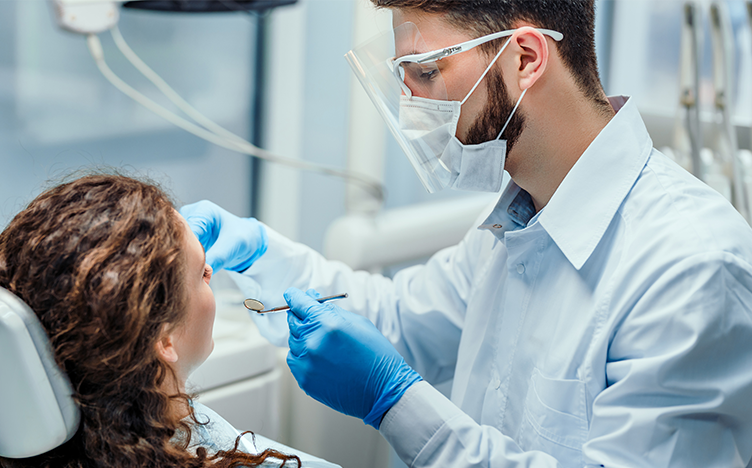Due to the COVID-19 pandemic, dentists have taken precautions to protect patient health, either by closing their offices temporarily or by establishing certain guidelines for providing care.
You, your dentist and the dental staff need to adapt to new ways of interaction to ensure safety during the pandemic. Dental office teams are focused on infection control, distancing, and wearing personal protective equipment, such as gowns, masks and face shields. By necessity, they may limit visits to urgent or immediate care needs.
If you cannot make an office visit or if you seek a diagnosis to determine your needs, you may have access to services through teledentistry. This new approach enables dentists to have virtual live consultations with patients through videoconferencing or phone applications.
As businesses across the nation use videoconferencing software so teams can continue working, dental offices are integrating this approach to provide personalized care when onsite visits are limited or not feasible.










